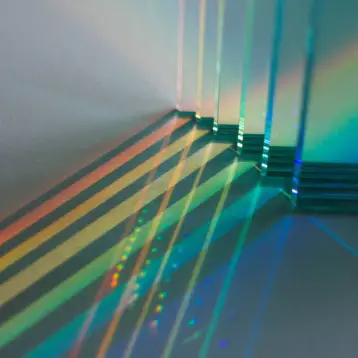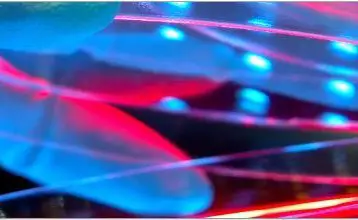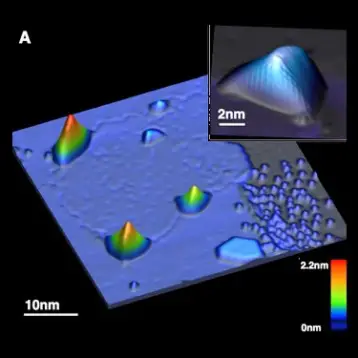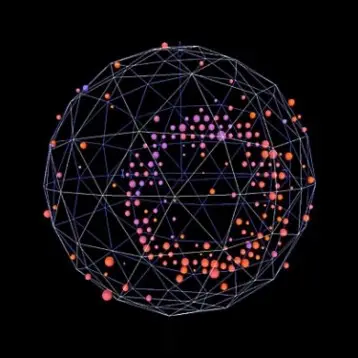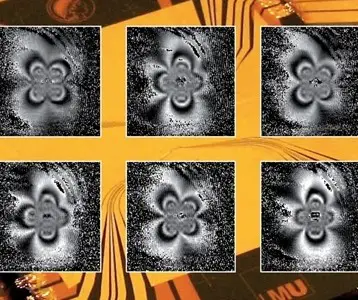|
The recent paper, submitted by Jacek Jasieniak and his colleagues to the Australian Commonwealth Scientific and Research Organization (CSIRO), describes liquid inks based on quantum dots that can be used to print devices. According to their study, these quantum dot (QD) inks will transform our use of light in the home and office.
Quantum dots are made of semiconductor material grown as nanometer-sized crystals, sized at approximately a millionth of a millimeter. The laser color produced is selectively tuned by varying the dots’ sizes. While the theoretical concept sounds simple, its implementation was the main challenge: To build a laser using quantum dots, one needs to place them within a structure known as an optical cavity. This structure acts to amplify the light that is produced by the quantum dots to produce the laser.
“Conventional lasers use large optical cavities which make them impossible to use for printable lasers,” explains Jasieniak. “To develop true nanometer-sized lasers we have employed a special type of optical cavity that consists of a repeating nano-structured pattern on the surface of the material onto which the quantum dots are printed.”
For their work – presented for the first time in public through Fresh Science – Jasieniak and his team won an award from CSIRO (along 15 more winners). This is thanks to a successful demonstration of these inks, which rely on tiny printable lasers. “Creating cheaper lasers relies heavily on progress in materials science,” Jasieniak says. “At present, lasers are manufactured using expensive materials and production techniques. To make them more cost effective, we have focused on developing materials that are cheap, function well as lasers, and can be printed. Quantum dots meet all these requirements.”
When asked about benefits derived from his development, Jasieniak said: “The tiny lasers generated using such an approach are highly efficient and can be adapted for numerous applications.” One of the major benefits this nano-structured optical cavity offers is better effectiveness during the printing process by controlled indentation or scratching of the material’s surface.
Jasieniak’s research has significant implications on other fields besides lasers. For instance, future technologies that use liquid inks can now develop printable components. One of the examples proposed by the team is the production of thin-film solar cells, an area that Jasieniak is also currently researching.
TFOT has also covered the Xerox Inkless Printer, which has the potential to cut printing costs and reduce office paper usage dramatically, and the world’s first green toner, developed by PRC Technologies.
For more information about lasers and printing, see the original press release.


